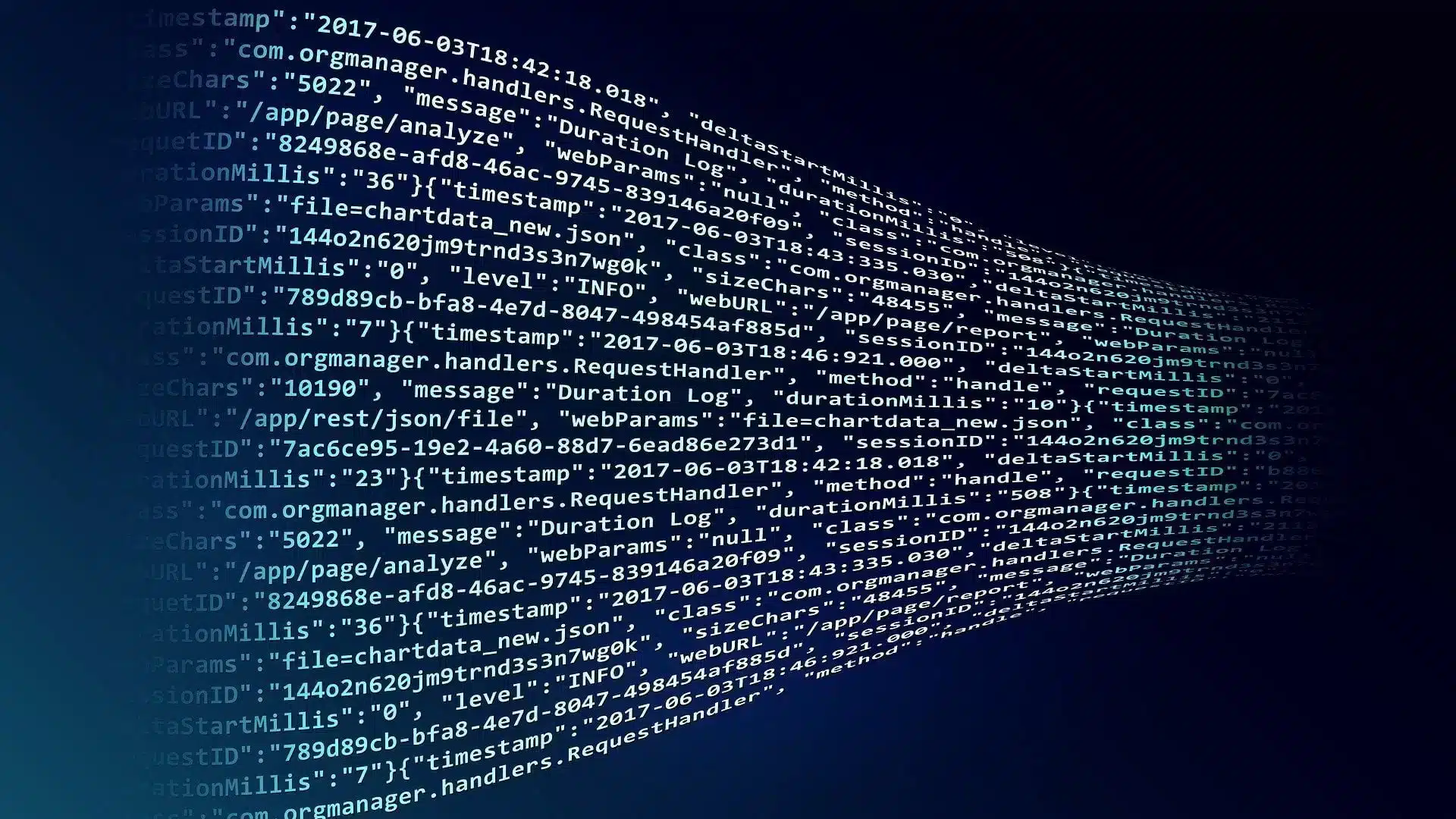WannaCry Was Just the Beginning: Are We Ready for the Next Big Hit?
24 July
It’s been several years since the WannaCry ransomware attack crippled organisations around the globe in a matter of hours. Hospitals in the UK’s NHS, global corporations, and government systems were thrown into disarray. And while patches and lessons followed, the truth remains: WannaCry wasn’t an anomaly—it was a warning.
Cyberattacks are not only becoming more sophisticated, but more frequent, more targeted, and potentially more destructive. So the real question is—are we ready for the next big hit?
A Quick Recap: What Was WannaCry?
Launched in May 2017, WannaCry was a global ransomware attack that exploited a vulnerability in Microsoft Windows (known as EternalBlue). Once inside a system, it encrypted files and demanded a ransom in Bitcoin. Over 200,000 computers across 150 countries were affected within days.
The NHS, in particular, faced widespread disruption—appointments were cancelled, operations postponed, and patient records inaccessible. It highlighted just how vulnerable critical infrastructure could be to cyber threats.
But here’s the kicker: the vulnerability had already been patched. Many affected systems were simply out of date or unsupported.
What’s Changed Since Then?
While security awareness has certainly improved, cyber threats have evolved at a faster pace. Here’s what we’re seeing:
-
Ransomware-as-a-Service (RaaS): Cybercriminals are selling ransomware kits on the dark web, making it easier than ever for low-level hackers to launch devastating attacks.
-
Targeted attacks over brute force: Instead of casting wide nets, attackers now go after high-value targets—hospitals, financial institutions, critical infrastructure—where the impact is greatest.
-
Supply chain vulnerabilities: Attacks like SolarWinds and Kaseya showed us that compromising one vendor can expose thousands of downstream customers.
-
AI-powered threats: Artificial intelligence is increasingly being used to automate reconnaissance, craft realistic phishing messages, and even bypass traditional security defences.
Why We’re Still Vulnerable
Despite the advances in cybersecurity, there are lingering gaps that make organisations vulnerable to the next WannaCry-style event:
-
Legacy systems: Many businesses still rely on outdated software, often because of cost, compatibility, or operational inertia.
-
Underfunded security teams: Cybersecurity budgets remain tight, particularly in the public sector and small businesses.
-
Lack of incident response planning: A surprising number of organisations still don’t have a clear action plan when (not if) an attack hits.
-
Complacency: Just because an organisation hasn’t been attacked yet doesn’t mean it won’t be. Assuming “it won’t happen to us” is a dangerous mindset.
Preparing for the Next Big Hit
So how can we prepare for the inevitable? Here are practical steps every organisation should be taking:
1. Keep Systems Up to Date
Patch early, patch often. Set up automated updates wherever possible and maintain an inventory of software versions in use.
2. Backups, Backups, Backups
Ensure critical data is backed up regularly—and test those backups. Store them offline and separately from your main network.
3. Zero Trust Approach
Adopt a security model where no one is trusted by default—inside or outside the network. Always verify, always monitor.
4. Employee Training
Phishing remains a top entry point for ransomware. Equip staff with the knowledge to recognise suspicious emails and follow secure protocols.
5. Run Simulations
Tabletop exercises and live drills help identify weaknesses in your response plan and keep your team ready for a real-world scenario.
6. Invest in Threat Intelligence
Use real-time threat feeds and intelligence platforms to stay informed about emerging vulnerabilities and tactics used by attackers.
Final Thoughts
WannaCry was a wake-up call. But if we treat it as a one-off incident, we risk missing the bigger picture. The next cyber pandemic may already be in motion—quietly infiltrating, waiting to detonate.
Resilience isn’t built overnight. It requires ongoing investment, training, and a shift in mindset from reactive to proactive. In the face of an increasingly hostile digital world, the time to prepare is now—not when the screen goes black and a ransom note appears.
Cybersecurity is no longer just an IT problem—it’s a business-critical priority.
